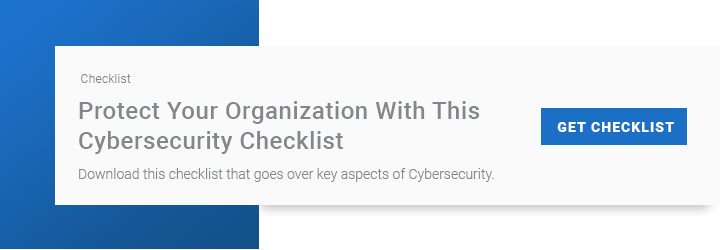The COVID-19 global pandemic has dramatically changed how society functions as a whole. As professionals move from office spaces to remote environments—leaders continue to implement technologies aimed at optimizing virtual work conditions. Many occupations have experienced flawless transitions to digital office spaces. Public entities, on the other hand, have had to be more strategic with technology use.
The COVID-19 crisis is ongoing and information is continually provided on a weekly, daily, or even hourly basis. In a constantly changing world, the importance of active and steady communication is a key element of maintaining public order. As such, the owness is on government officials to maintain constant communication with community members.
Various government regulatory statutes have implemented “social distancing” guidelines aimed at minimizing contact between people—including work spaces. Officials may be unable to be physically present, but must continue to service their constituents regardless of current conditions. Technological advances have helped to overcome these physical limitations in favor of digital work environments.
Communicating in a “New Normal” World
Public officials take an oath promising to protect the well-being of their constituents. During COVID-19 or other crises—communicating in a safe and effective manner helps to safeguard their citizens. Ensuring the public is aware of current data and trends can limit risks of exposure and infection.
Viruses that spread rapidly must be closely monitored and continuously assessed. Leaders should strive to openly purvey information to prevent disrupting information flow. These types of regular updates are vital for keeping the public up-to-date. In some areas people have been receiving daily updates at the city, county, state, and federal level.
Daily updates provide people with current statistics, guidelines, and social awareness measures. Since physical events have been temporarily suspended, people are turning to virtual technologies such as Facebook and YouTube to consume a plethora of information. Furthermore, video conferencing services such as Zoom, Microsoft Teams or Google Hangouts have allowed leaders to participate in meetings while providing updates to other high-ranking officials.
County text alerts are another way officials are providing citizens with a flow of instantaneous communication. Mass mobile communications is one tool for blasting messages to users without needing prior network permissions. Eliminating these types of restrictions can allow government entities to immediately send out information notices without needing approval. This ensures people are able to receive critical texts in a timely manner.
Another option for text-based messages is known as SMS location-based messaging. This form of telecommunication targets individuals at specific locations regardless of the carrier. The government simply pinpoints a certain area and texts are instantaneously sent to all active phones in the area.
Caltrans has also been working feverishly to provide updates and social recommendations about COVID-19 to the public. The state of California currently operates 700 electronic highway signs displaying proactive measures to help limit virus spread and contamination. In keeping the spirit of ongoing communication, state officials have been closely working alongside federal agencies to ensure continuity of information across channels.
Publicly elected officials at the local, state, and federal level must all keep close contact with one another to appropriately disseminate information in a time sensitive manner. All levels of government must keep close contact in order to implement collaborative measures for limiting infections and fatalities.
Let Spinitar be Your Virtual Technology Guide
Many organizations have undergone transformations from traditional office spaces to new-age virtual work environments. These precautionary measures have been a useful tool for managing virus outbreaks and containment's. Ensuring you have appropriate IT resources in place can pave the way for a seamless virtual workplace transition.
Spinitar is proud to lend a helping hand to government entities during these uncertain times. As a leader in audiovisual technology, our solutions can help county leaders communicate with community members in a safe and effective manner. Using our video wall technologies and flexible display systems, Spinitar can help counties improve communication infrastructures and audiovisual capabilities.
At Spinitar, we design and integrate audiovisual technology solutions so leaders can help people stay informed without being physically present. Let us help you through some of the technical challenges associated with switching to virtual work environments.
For more information on how Spinitar can improve communication while bypassing physical barriers—please feel free to reach out to us for more information.





